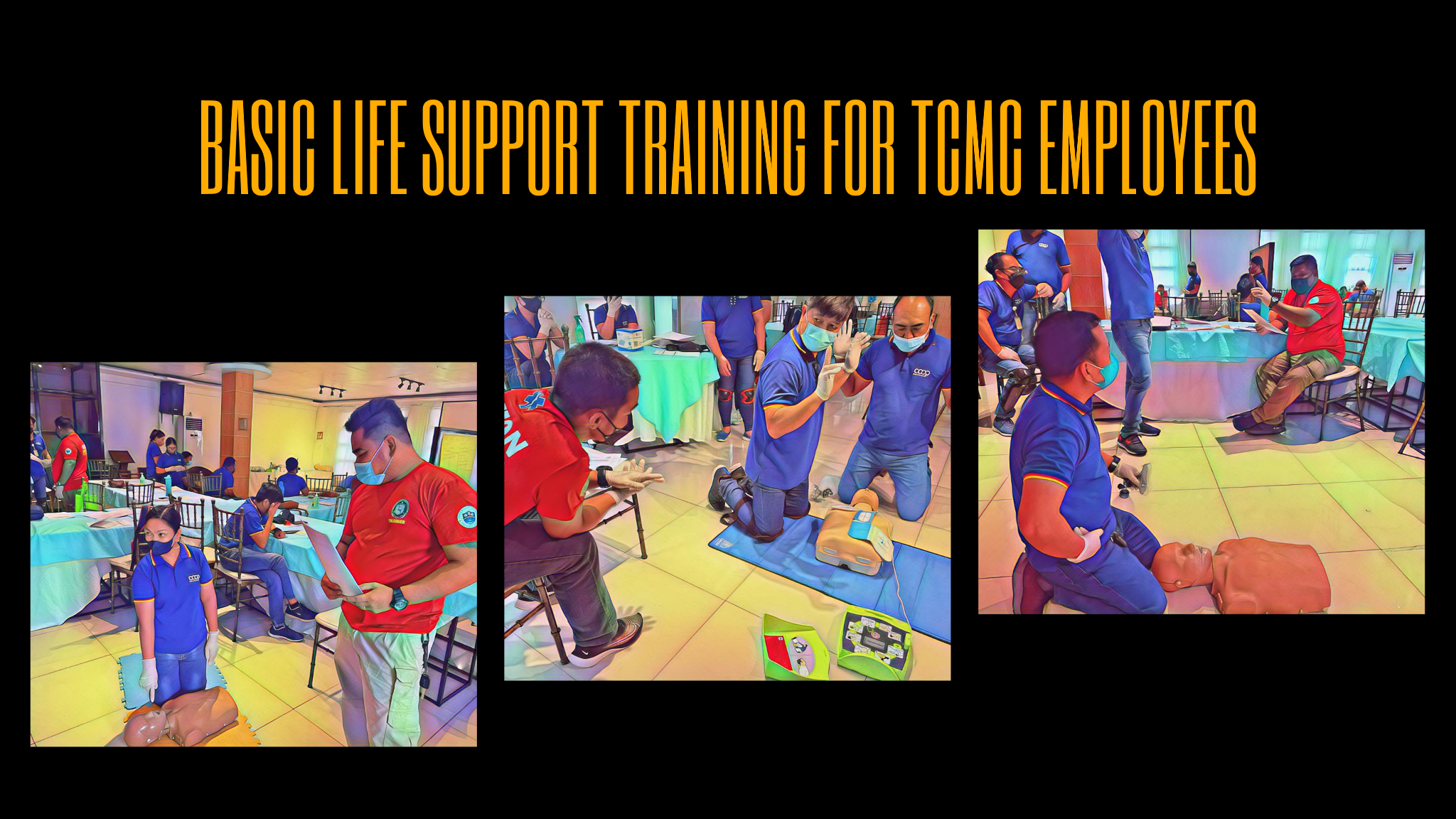Quezon Provincial Disaster Risk Reduction and Management Office
Mission
The Provincial Government of Quezon will:
Vision
“Resilient province founded on political, economic and empowered community that have a responsive local government that can manage own resources towards sustainable development and a well-prepared family in response to emergency.”
Organization’s Brief Description
INSTITUTIONALIZATION
PROVINCIAL DISASTER RISK REDUCTION AND MANAGEMENT COUNCIL Section 2, Rule 5 of IRR of R.A. 10121
FUNCTIONS OF QPDRRMO
A. Approve, monitor and evaluate the implementation of the LDRRMPs and regularly review and test the plan consistent with other national and local planning programs;
B. Ensure the integration of disaster risk reduction and climate change adaptation into local development plans, programs and budgets as a strategy in sustainable development and poverty reduction;
C. Recommend the implementation of forced or preemptive evacuation of local residents, if necessary; and
D. Convene the local council once every three months or as necessary.
FUNCTIONS OF QPDRRMC
A. Design, program, and coordinate disaster risk reduction and management activities consistent with the National Council’s standards and guidelines;
B. Facilitate and support risk assessments and contingency planning activities at the local level;
C. Consolidate local disaster risk information which includes natural hazards, vulnerabilities, and climate change risks, and maintain a local risk map;
D. Organize and conduct training, orientation, and knowledge management activities on disaster risk reduction and management at the local level;
E. Operate a multi-hazard early warning system, linked to disaster risk reduction to provide accurate and timely advice to national or local emergency response organizations and to the general public, through diverse mass media, particularly radio, landline communications, and technologies for communication within rural communities;
F. Formulate and implement a comprehensive and’ integrated LDRRMP in accordance with the national, regional and provincial framework, and policies on disaster risk reduction in close coordination with the local development councils (LDCs);
G. Prepare and submit to the local sanggunian through the LDRRMC and the LDC the annual LDRRMO Plan and budget, the proposed programming of the LDRRMF, other dedicated disaster risk reduction and management resources, and other regular funding source/s and budgetary support of the LDRRMO/BDRRMC;
H. Conduct continuous disaster monitoring and mobilize instrumentalities and entities of the LGUs, CSOs, private groups and organized volunteers, to utilize their facilities and resources for the protection and preservation of life and properties during emergencies in accordance with existing policies and procedures;
I. Identify, assess and manage the hazards vulnerabilities and risks that may occur in their locality;
J. Disseminate information and raise public awareness about those hazards, vulnerabilities and risks, their nature, effects, early warning signs and countermeasures;
K. Identify and implement cost· effective risk reduction measures/strategies;
L. Maintain a database of human resource, equipment, directories, and location of critical infrastructures and their capacities such as hospitals and evacuation centers;
M. Develop, strengthen and operationalize mechanisms for partnership or networking with the private sector, CSOs, and volunteer groups;
N. Take all necessary steps on a continuing basis to maintain, provide, or arrange the provision of or to otherwise make available, suitably-trained and competent personnel for effective civil defense and disaster risk reduction and management in its area;
O. Organize, train, equip and supervise the local emergency response teams and the ACDVs, ensuring that humanitarian aid workers are equipped with basic skills to assist mothers to breastfeed;
P. Respond to and manage the adverse effects of emergencies and carry out recovery activities in the affected area, ensuring that there is an efficient mechanism for immediate delivery of food, shelter and medical supplies for women and children, endeavor to create a special place where internally – displaced mothers can find help with breastfeeding, feed and care for their babies and give support to each other;
Q. Within its area, promote and raise public awareness of and compliance with this Act and legislative provisions relevant to the purpose of this Act;
R. Serve as the secretariat and executive arm of the LDRRMC;
S. Coordinate other disaster risk reduction and management activities;
T. Establish linkage/network with other LGUs for disaster risk reduction and emergency response purposes;
U. Recommend through the LDRRMC the enactment of local ordinances consistent with the requirements of this Act;
V. Implement policies, approved plans and programs of the LDRRMC consistent with the policies and guidelines laid down in this Act;
W. Establish a Provincial/City/Municipal/Barangay Disaster Risk Reduction and Management Operations Center;
X. Prepare and submit, through the LDRRMC and the LDC, the report on the utilization of the LDRRMF and other dedicated disaster risk reduction and management resources to the local Commission on Audit (COA), copy furnished the regional director of the OCD and the Local Government Operations Officer of the DILG; and
Y. Act on other matters that may be authorized by the LDRRMC.










